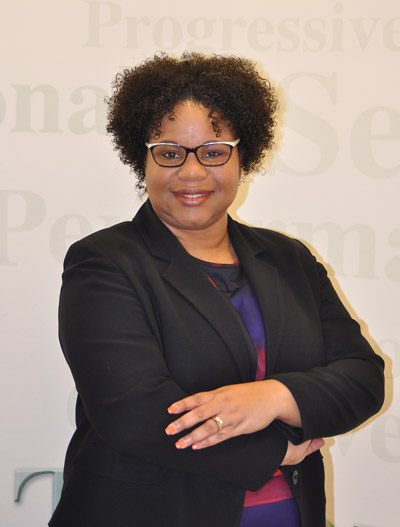Among the U.S. population of children under the age of 5, now more than half are children of color, according to the U.S. Census Bureau. These changing demographics bring increasingly diverse spending power among women and minority markets, in particular.
According to The Financial Times, “A 2007 report by McKinsey entitled “Women Matter” found that women were the driving force behind 70 percent of household purchases in Europe and influence 60 percent of car purchases in Japan.” In the U.S., black consumers influenced brands in unprecedented ways and achieved headline-making results. And with African Americans spending $1.2 trillion annually, brands have a lot to lose.
Similarly, multifaceted Hispanic consumers are the fastest growing demographic segment for virtually all U.S. industries, and for good reason. With 57 million Hispanics in the U.S. alone, this group now represents almost 18 percent of the country’s population and significant spending power. In fact, Hispanic buying power reached $1.4 trillion in 2016—and is expected to reach $1.8 trillion by 2021.
These trends matters because they show that it is becoming increasingly necessary for eye care practitioners to have a level of cultural competency as the demographics in their communities change.


“This is a reflection of who your customers and patients are going to be in the future,” says Director of Inclusion, Diversity and Affirmative Action Compliance at Essilor of America, LaShanda Reed-Larry. Cultural competence is at the heart of creating inclusive behavior in a diverse environment.
Prioritizing Inclusion and Diversity
Reed-Larry’s hiring three years ago was Essilor’s first major step in formalizing the company’s inclusion and diversity function. Since joining Essilor, she has partnered with an internal steering committee of company leaders to create benchmarks and programs that promote inclusion and diversity for the organization. One of the outputs from the steering committee was to raise awareness around the impact of cultural competency and unconscious bias in our behaviors, systems and processes.
At its most basic level, Reed-Larry says, “cultural competence is being respectful and responsive to the health beliefs and practices—and cultural and linguistic needs—of diverse population groups.” Developing cultural competence is an evolving process that takes time and occurs along a continuum that requires people to become aware of their unconscious biases.
Bringing Customers Along
Essilor recognizes that there are nuances in working with consumers from different cultural backgrounds and believes that health care professionals can benefit from these learnings. Reed-Larry suggests that “if we don’t make an effort to create welcoming spaces for all, we stand to lose their business.” Becoming aware of unconscious biases can result in maximizing the services by removing preconceived notions of others. Reed-Larry adds, “One of our goals is to ensure Essilor employees receive effective training to enable them to better serve our customers.”
Seeing the Humanity
Patients bring their whole selves, including their backgrounds and experiences, into their eye care professionals’ (ECP) practices. “Cultural competency is being able to recognize this and appreciate different backgrounds without seeing and treating people differently. Each patient’s needs are unique, and ECPs should see the humanity and uniqueness in each person,” Reed-Larry says.
She believes that the more attention that is given to the topic of inclusion and diversity, the better. “As Essilor continues to make this a priority, we look forward to partnering with you in a way that adds value to your practice. We at Essilor view inclusion and diversity as another way that we are fulfilling our mission of improving lives by improving sight,” she says.



